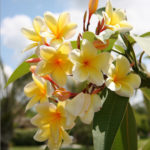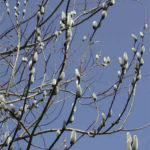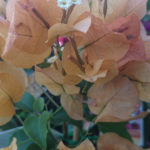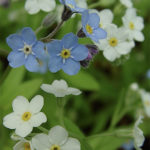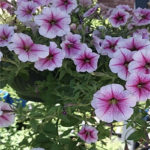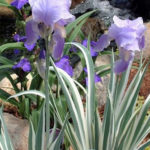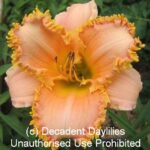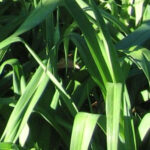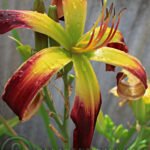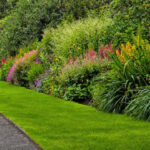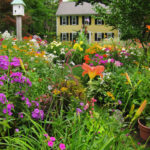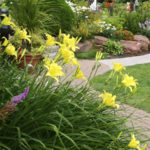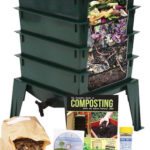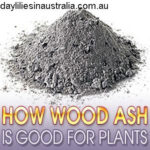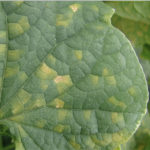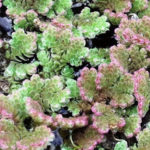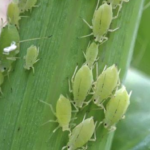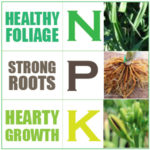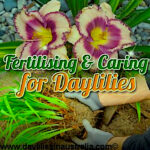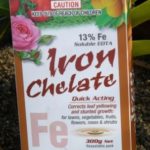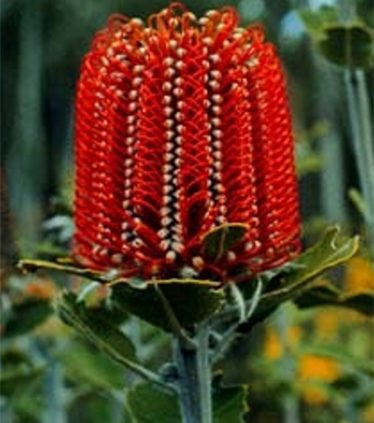
Banksia Plant Care & Information
Banksias details,
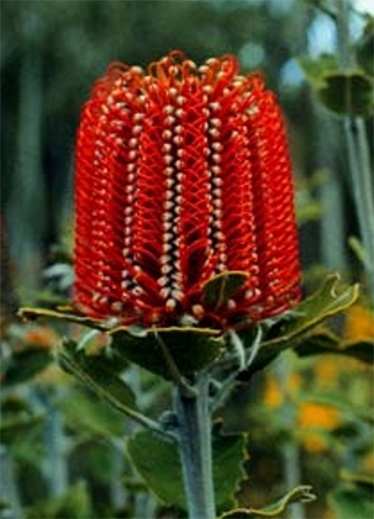 Banksias belong to Protea family and there are more than 170 species of Banksias. These contain evergreen shrubs and trees with attractive foliage, brightly coloured flowering spikes and fruit cones with attractive shapes. This plant variety is endemic to Australia with the exception of one Banksias dentata species. Banksia denate can also be found in New Guinea. The genus got its name from Sir Joseph Banks, who documented the plants for the first time during his visit to Australia with Captain Cook. Banksias are sturdy plants with stout trunks and long leathery and toothed leaves. Some species have needle-like leaves. The flower spikes are cylindrical or globular and have hundreds of small flowers packed in them. The colour of the flower ranges from yellow to red. The individual flowers are threadlike and are rich in nectar that attracts birds like honeyeaters while parrots and cockatoos will feed on the seeds.
Banksias belong to Protea family and there are more than 170 species of Banksias. These contain evergreen shrubs and trees with attractive foliage, brightly coloured flowering spikes and fruit cones with attractive shapes. This plant variety is endemic to Australia with the exception of one Banksias dentata species. Banksia denate can also be found in New Guinea. The genus got its name from Sir Joseph Banks, who documented the plants for the first time during his visit to Australia with Captain Cook. Banksias are sturdy plants with stout trunks and long leathery and toothed leaves. Some species have needle-like leaves. The flower spikes are cylindrical or globular and have hundreds of small flowers packed in them. The colour of the flower ranges from yellow to red. The individual flowers are threadlike and are rich in nectar that attracts birds like honeyeaters while parrots and cockatoos will feed on the seeds.
As the flower dies, the spike develops into fruiting cones. The flowering time of the plant depends on the species you have. Many species flower during autumn and winter some can flower all year round. The plant requires a sunny location and well drained sandy soil. They are moderately tolerant of dry conditions and frost. Pruning improves the growth and flowering of the plants. The plant requires low phosphorous fertilisers for its growth.
The species of Banksias, which are native to Western Australia, cannot survive well in areas with high humidity and rainfall during summer as they are highly prone to fungus attacks of the root. Some of the Banksias that grow well in the temperate climate areas in Australia include Wallum Banksias, Giant Candles, Coast Banksias, Heath Banksias, Saw Banksias.
How to grow Banksia from seed?
In natural conditions, many species of Banksias regenerate from the woody stock at the base of the stem after the death of the main stem by fire or other causes. Some species have nodes containing buds located at least 10 m away from the parent plant. When the parent plant is damaged, these nodes will produce new shoots. The professionals and gardeners prefer to use the seeds for propagation of the Banksias.
Seeds are the cheapest and easiest way to propagate Banksias. The fruit cones protect the seeds from fire and foraging animals. Fruit will not get open until the cone is completely dry or burnt. To make the cone release the seed, you can place them in an oven at a temperature of 120-140 degree Celsius for one hour. The follicles get open and you will be able to take out the seeds using tweezers. Select the winged seeds without insect bite and sow them in well draining seed raising mix. Water the seeds regularly to prevent drying of raising mix. Make sure that the mix is free from pathogens and try to maintain the temperature of 20-250 C. Place the seeds in well ventilated area. The time for germination of the seeds vary with the conditions and the species. However, you can expect the seedlings to show within a time of 3-6 weeks. Place the seedlings in a sheltered position for a few weeks before you transfer them to open conditions. You need to provide adequate water and slow release fertiliser to meet the growing and nutritional needs.


